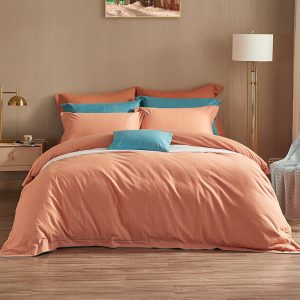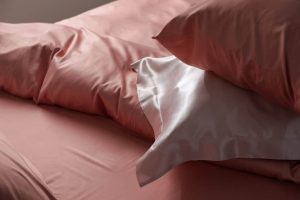Choosing the right pillowcase fabric directly determines sleep quality, skin health, and hair maintenance results. The selection of pillowcase fabrics involves not just tactile sensation, but also breathability, moisture-wicking capabilities, and the smoothness of the fiber structure. For brand owners and consumers seeking high-quality sleep solutions, understanding the physical properties of different fibers is crucial. Below is a comparative analysis of top-tier fabrics tailored to different needs:
| Fabric Type | Key Characteristics | Target Audience | Core Advantage |
|---|---|---|---|
| Mulberry Silk | Rich in amino acids, extremely smooth | Sensitive skin, anti-aging seekers | Reduces facial friction, locks in skin moisture |
| Long-Staple Cotton | Naturally breathable, softens with wash | Hot sleepers, fans of classic touch | Superior hygroscopicity and durability |
| Bamboo Fiber | Naturally antibacterial, cool touch | Allergy sufferers, hot sleepers | Excellent temperature regulation |
| Tencel Lyocell | Eco-friendly botanic fiber, high drape | Eco-conscious, sensitive skin | Inhibits bacterial growth, silky smooth feel |
Mulberry Silk: The Gold Standard for Skincare and Anti-Aging
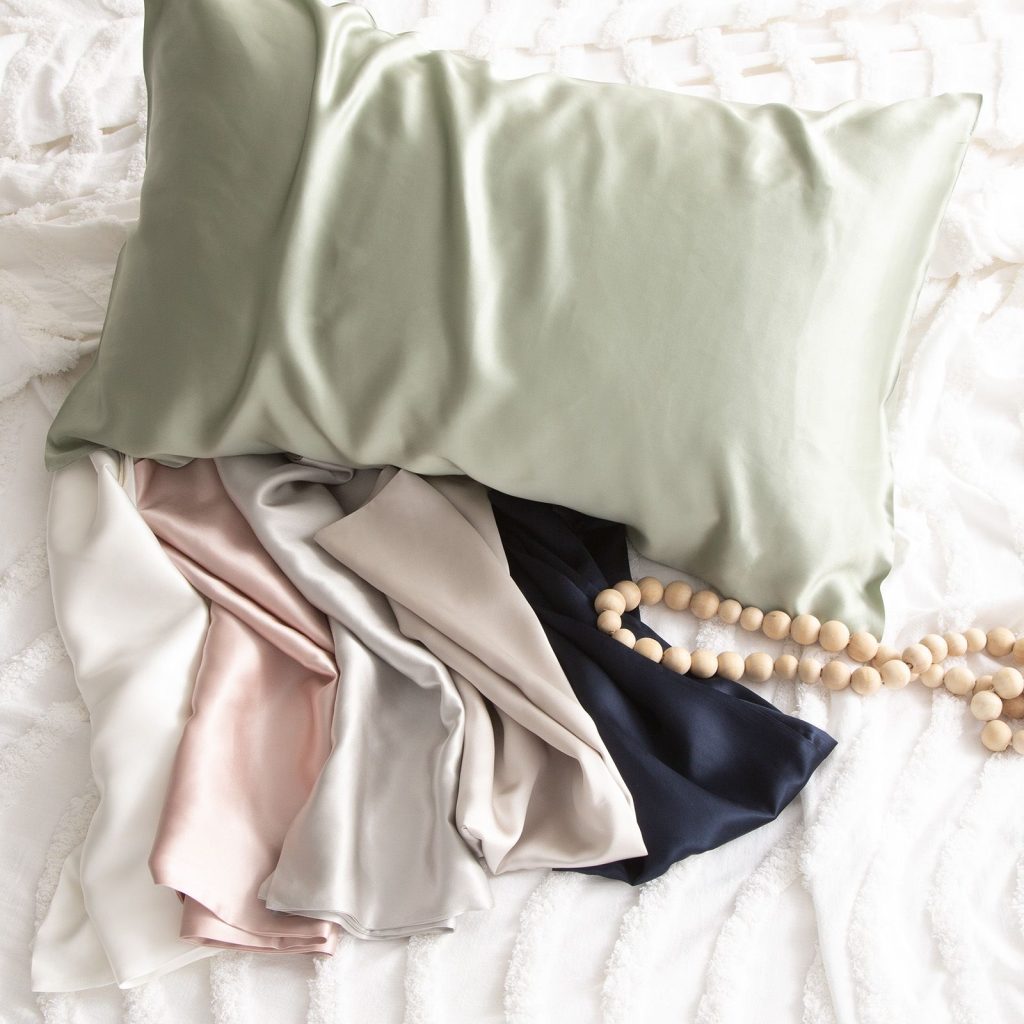
Mulberry silk is hailed as the “Queen of Fibers,” primarily composed of animal protein fibers containing 18 amino acids beneficial to the human body. High-quality mulberry silk pillowcases, particularly those in 22 Momme specifications and above, significantly reduce the coefficient of friction between facial skin and the fabric during sleep. This low-friction property helps prevent the formation of sleep lines, making it the preferred material for the high-end beauty sleep market.
Mulberry silk possesses natural hydrophobic properties; unlike cotton fabrics, it does not overly absorb natural oils from the skin’s surface or expensive night creams. For individuals with dry or easily tangled hair, silk effectively minimizes static generation, keeping hair smooth. When processing silk fabrics, VANY prioritizes maintaining the structural integrity of the fibers, ensuring the finished product achieves the ultimate level of luster and skin-friendliness.
Long-Staple Cotton: The Balance of Breathability and Durability

Not all cotton is created equal. The fibers of long-staple cotton (such as Egyptian cotton or Pima cotton) typically exceed 31.8mm in length, resulting in spun yarns with fewer breakage points and a smoother surface. Compared to ordinary short-staple cotton, pillowcases made from long-staple cotton are less prone to pilling and possess a unique characteristic where the hand-feel becomes softer with every wash—a trait synthetic fibers cannot match.
In terms of moisture-wicking, long-staple cotton excels. It rapidly absorbs sweat released by the body and dissipates it into the air, maintaining a dry sleep environment. For hotels or households that value traditional comfort and require frequent laundering, high thread count (60S or 80S) long-staple cotton represents the optimal solution balancing luxury with practicality.
Bamboo Fiber: Natural Antibacterial and Temp Control Technology
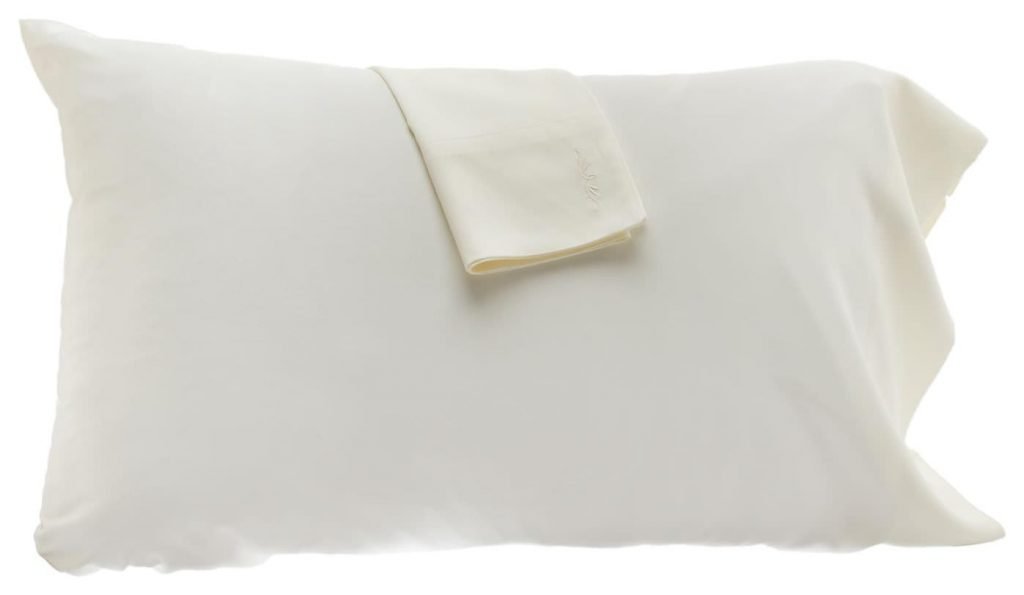
Bamboo fiber fabric is extracted from natural bamboo and processed through a specialized pulping and spinning method. The cross-section of this fabric is filled with oval micropores, granting it a powerful capillary effect. This structure endows bamboo pillowcases with superior moisture absorption and breathability, often referred to as “breathing fabric.” In hot and humid climates, bamboo fiber can lower the skin surface temperature by 2-3 degrees Celsius.
Beyond physical cooling, the “Bamboo Kun” component inherent in the fiber possesses natural antibacterial and bacteriostatic functions, effectively inhibiting the growth of mites and bacteria on the pillow surface. For individuals suffering from asthma, allergic rhinitis, or acne-prone skin, this serves as a critically important health protective layer.
Tencel Lyocell: Sustainable Eco-Soft Gold
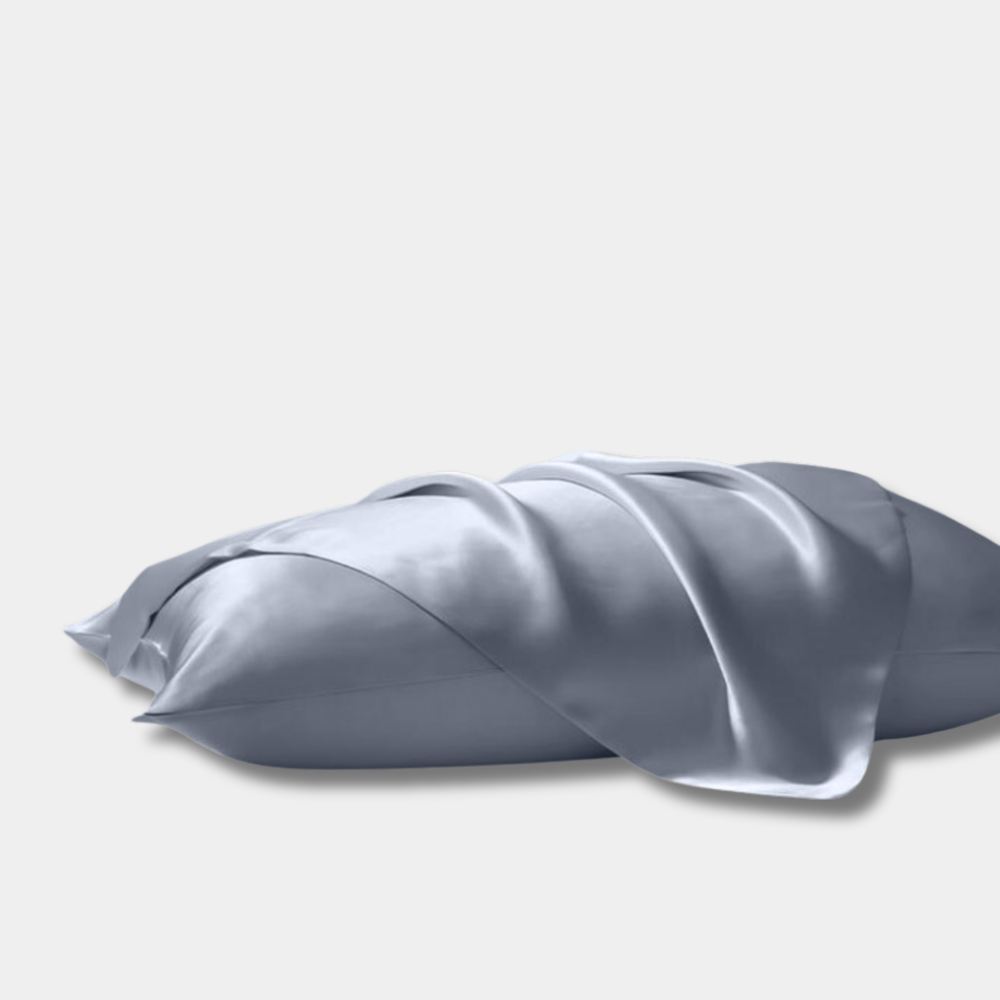
Tencel™ is the brand name for lyocell fibers derived from eucalyptus wood pulp. Its production utilizes a closed-loop solvent spinning technology with a solvent recovery rate of over 99%, making it a flagship eco-friendly fabric in the textile industry today. Lyocell fibers have a smooth and full surface, creating pillowcases with a touch that sits between silk and cotton—possessing the drape of silk and the warmth of cotton.
The moisture absorption of this fabric is 50% higher than that of cotton, allowing it to conduct moisture rapidly into the fiber’s core, thereby cutting off the damp environment required for bacterial growth. For users pursuing a green lifestyle and those with extremely sensitive skin, Tencel Lyocell offers a pure sleep experience free from chemical residues.
Linen: Unique Textural Quality and Micro-Circulation Benefits
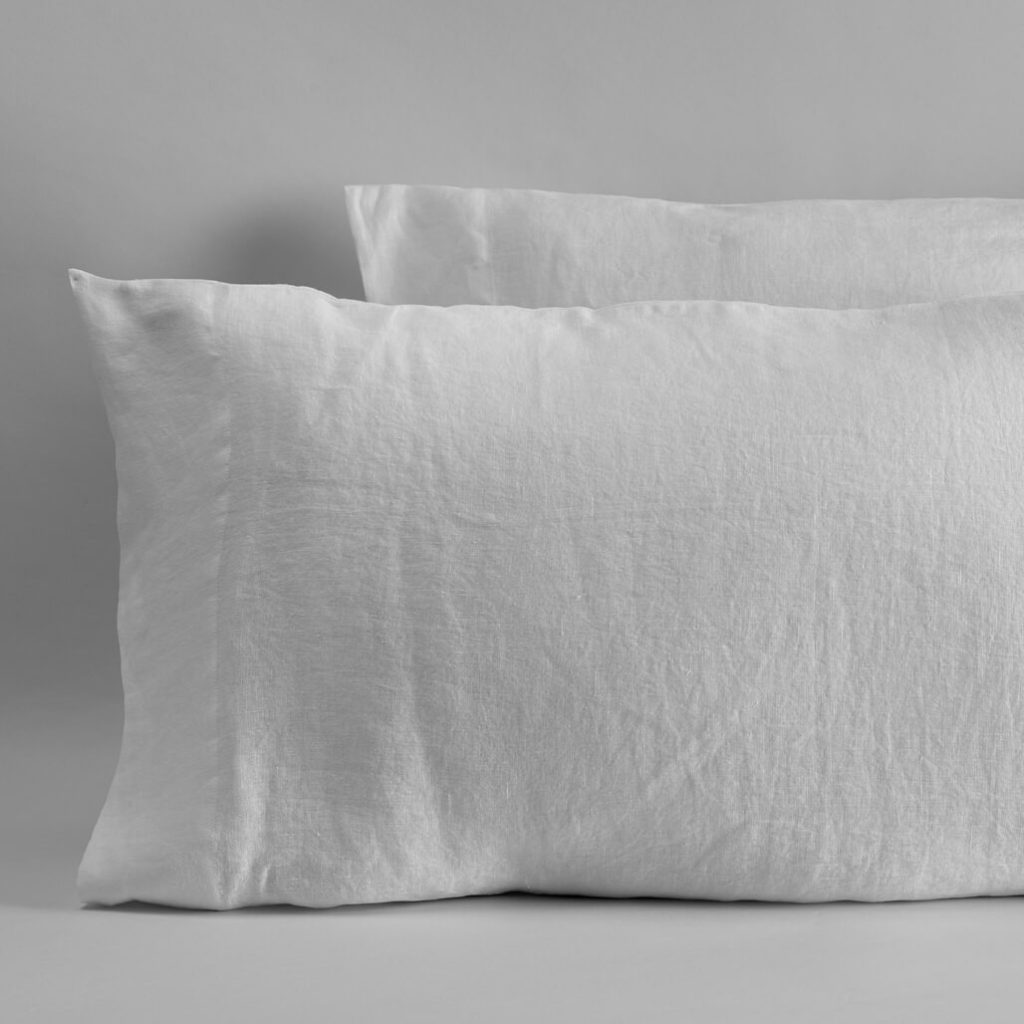
Linen is one of the earliest natural plant fibers used by humans. Its fiber bundles are coarse and hard, creating a fabric with unique nodular textures that provide a micro-massage effect capable of promoting blood micro-circulation on the skin’s surface. Although the initial touch of linen pillowcases is not as smooth as silk, its heat dissipation performance is second to none among natural fibers, making it extremely suitable for summer use.
Linen possesses immense tensile strength and abrasion resistance, offering an exceptionally long lifespan. Over time, linen fibers gradually soften, developing a unique vintage texture. For home furnishing brands promoting a Naturecore style, linen is an indispensable category.
Satin Weave: Beyond Fabric, A Craft Aesthetic
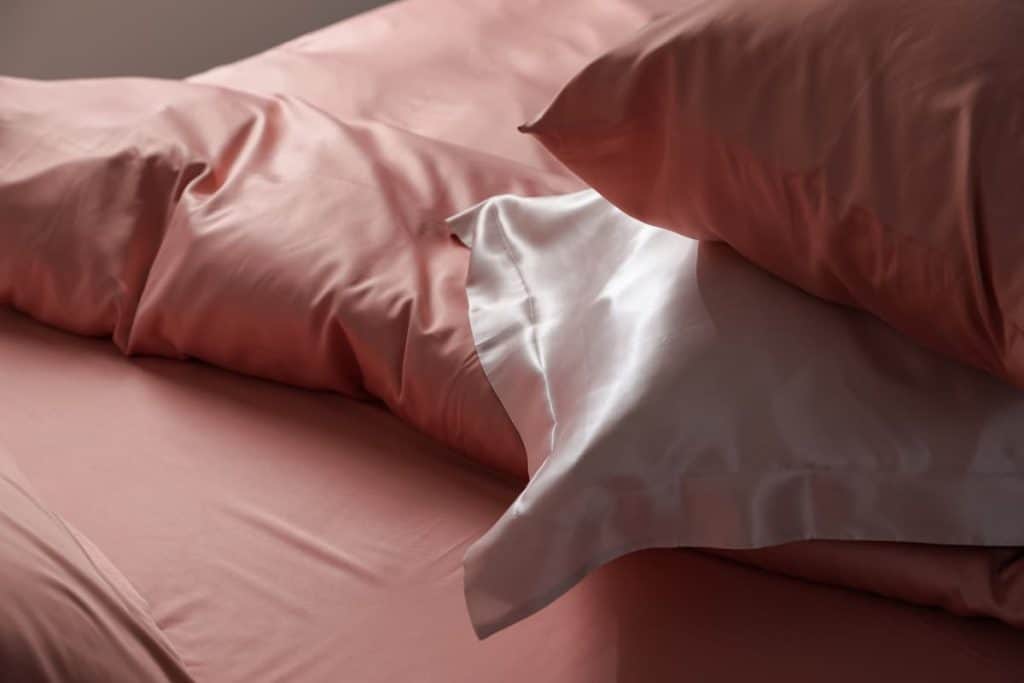
Consumers often mistake “Satin” for a specific material, whereas it actually refers to a weaving technique—the satin weave structure. The satin weave increases the floating length of warp threads, giving the fabric surface a mirror-like sheen and a silky touch. This technique can be applied to silk, polyester, nylon, and even cotton yarns.
Satin pillowcases woven from polyester fibers (Polyester Satin) simulate the smoothness of real silk at a fraction of the cost, serving as an ideal alternative for budget-conscious consumers looking to reduce hair friction. However, compared to natural fibers, synthetic satin has weaker breathability, so the trade-off between glossiness and ventilation needs to be weighed during selection.
Microfiber: The High-Density Economic Choice
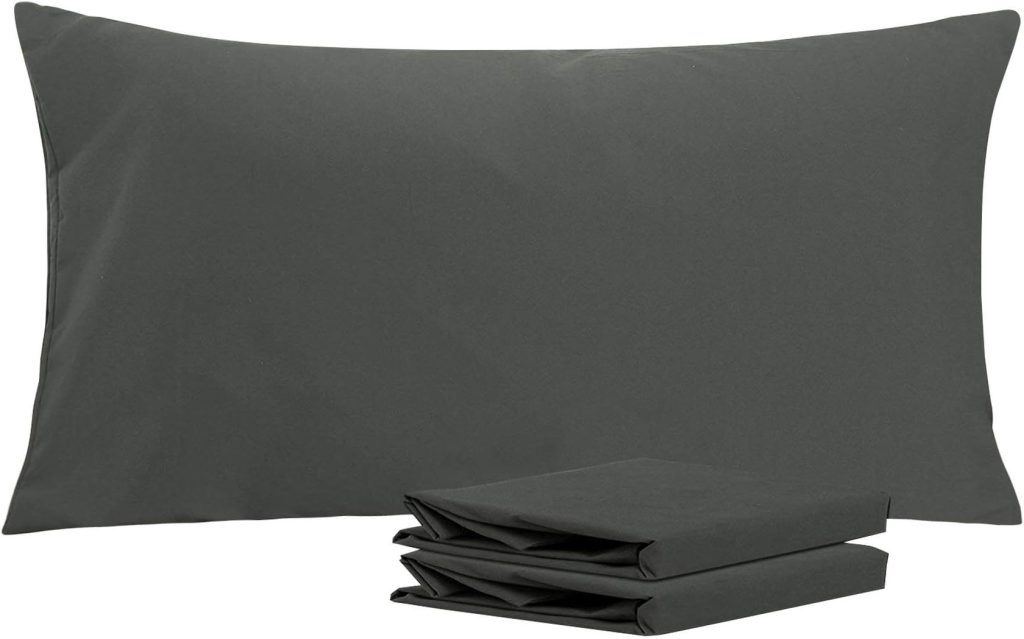
Microfiber is typically a blend of polyester and nylon, with a single filament fineness that is extremely low (usually less than 1 denier). This ultra-fine fiber results in a high-density weave with excellent windproofing and warmth retention, offering a delicate touch similar to suede. The primary advantages of microfiber pillowcases lie in their hydrophobic quick-drying nature, wrinkle resistance, and extremely high cost-performance ratio.
While breathability is lower than that of natural fibers, modern high-quality Brushed Microfiber has greatly improved skin-friendliness through surface treatment processes. For institutions making large-volume purchases or for entry-level bedding products, microfiber dominates a huge market share due to its durability against washing and resistance to fading.
Decoding Parameters: The True Meaning of Thread Count and Momme
When evaluating pillowcase quality, different materials utilize different measurement standards. For cotton and bamboo fibers, “Thread Count” (TC) is the key indicator. Generally, fabrics between 300TC and 600TC achieve the best balance between softness and durability. Excessively high thread counts (e.g., over 1000TC) often imply the use of multi-ply yarns, which can actually result in heavy, less breathable fabric.
For silk products, “Momme” (mm) is the unit of weight and density. 19 Momme is the entry-level high standard, while 22 Momme or 25 Momme represents a thicker, more durable, and more lustrous top-tier quality. At VANY, we strictly control these core parameters during production, eliminating false labeling to ensure every inch of fabric meets internationally recognized quality grades.
Percale vs. Sateen: How Weave Structure Impacts Touch
Even with the same raw materials, different weaving methods imbue pillowcases with distinct characters. The Percale weave uses a one-over-one interlacing pattern, resulting in a tight structure with a crisp, cool hand-feel and a matte finish, making it particularly suitable for hot sleepers. Its abrasion resistance is excellent, and it is not prone to snagging.
The Sateen weave utilizes a four-over-one (or more) floating structure, exposing more yarn to the surface. This structure gives the fabric a sheen similar to silk and a buttery soft touch; it retains heat slightly better than percale but is relatively more prone to pilling. Understanding the differences between these two weaves helps brands select products precisely according to the climate of their target market and user preferences.
VANY OEM Customization: Advanced Standards in Fabric Processing
As a professional OEM manufacturer, VANY provides not just raw materials, but deep fabric post-processing solutions. From the fine combing of raw fibers to the penetration processes of eco-friendly dyes, and onto pre-shrinking treatments for finished goods, every step determines the final quality of the pillowcase. For instance, when processing cotton pillowcases, Mercerization can permanently increase luster and strength; while in bamboo fiber processing, physical bio-polishing significantly reduces pilling.
Whether for heavy-weight silk targeting the high-end market or durable blends for the mass market, VANY’s production lines possess the capability for flexible switching and precise control. Through a deep understanding of fabric characteristics and process innovation, we ensure that every pillowcase leaving the factory finds the perfect balance between comfort, functionality, and aesthetics.
